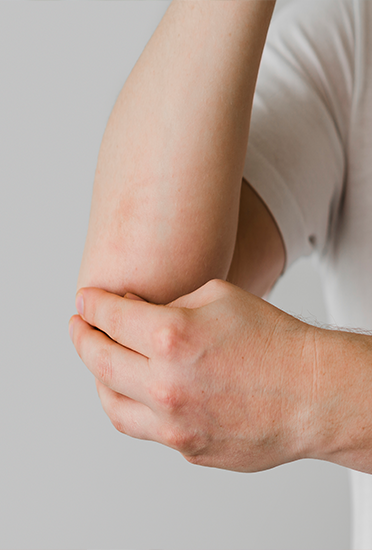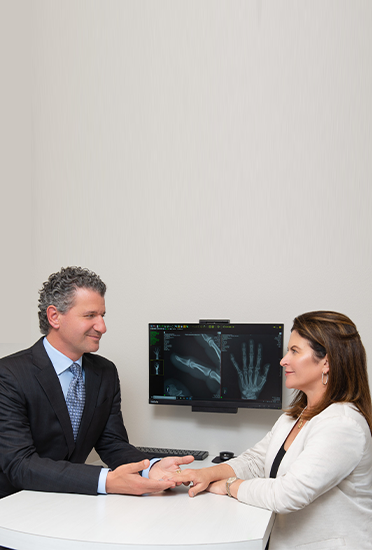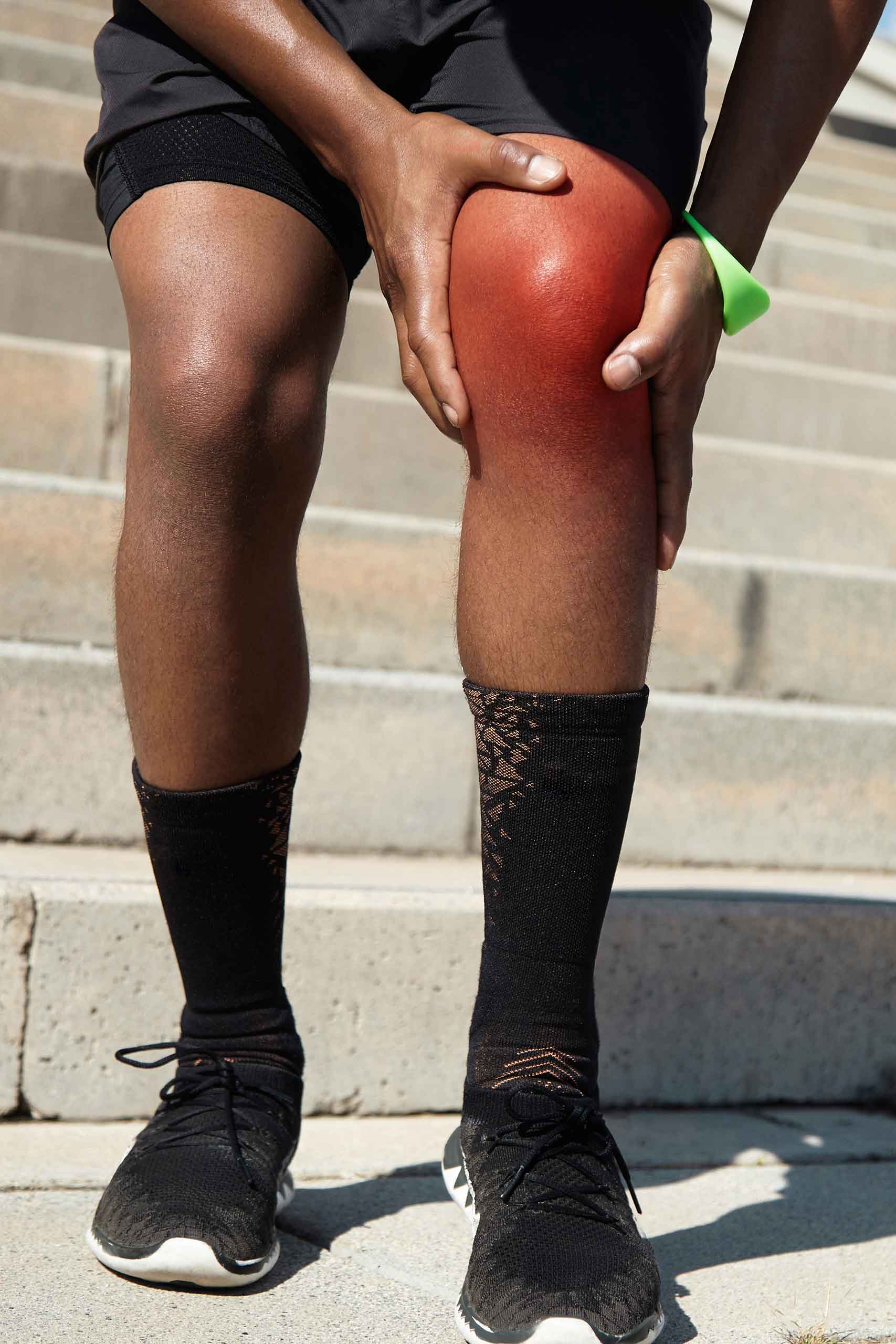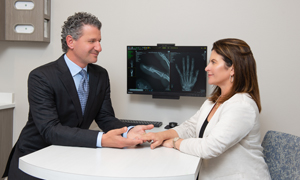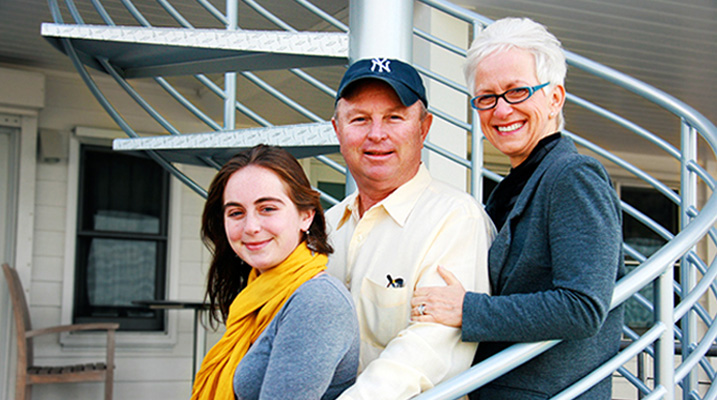Hand Fracture
What is a Hand Fracture?
A hand fracture is a medical term used to describe a broken bone in your hand. In this case, a hand fracture includes small hand bones of your fingers or phalanges. It also includes the long hand bones in your palm or metacarpals. A hand broken bone can occur due to an accidental fall, twisting injury, crush injury, or through sporting events.
Hand Fracture Anatomy
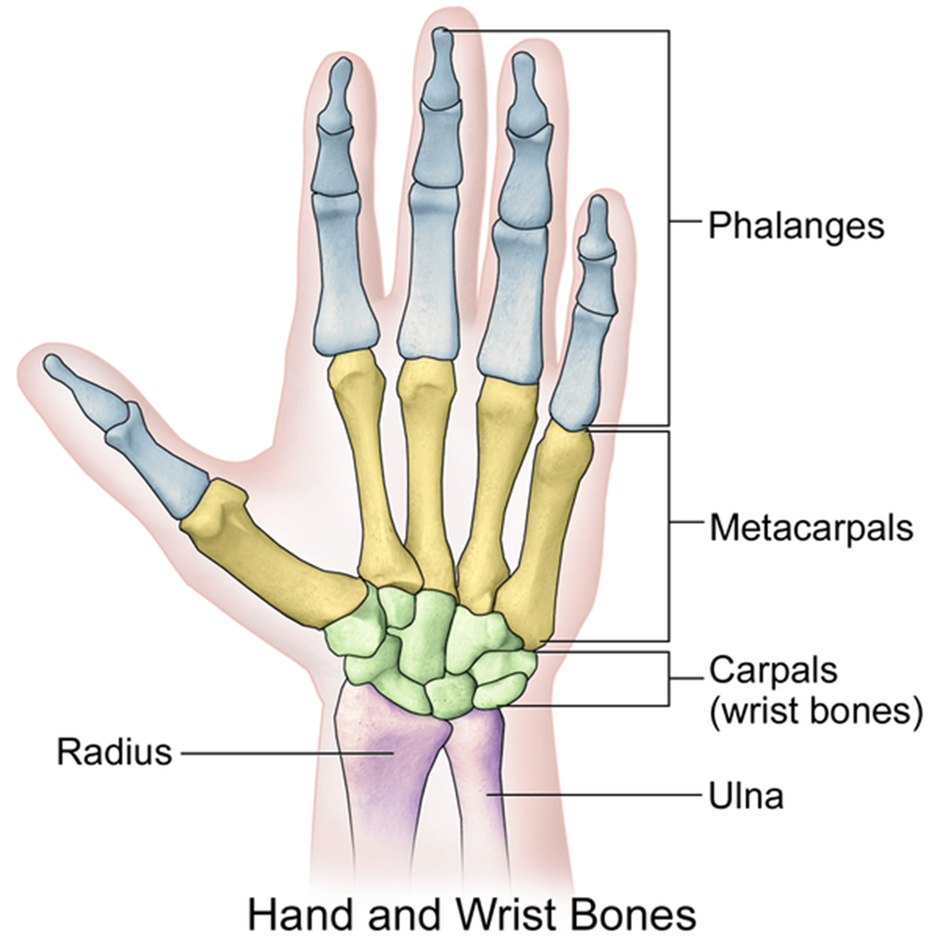
At a glance, your hand skeleton through a hand X-ray reveals details of its anatomy. Some of the details that appear in your hand bone skeleton include phalanges and metacarpals. In particular, the phalanges consist of small bones in your fingers and thumbs.
Up to two phalanges are located in your thumb, while three are on each finger. On the other hand, your metacarpals are made up of five bones. All these five hand bones are located in your palm.
Typically, the most common hand fractures occur in your fifth metacarpal. The fifth metacarpal, however, is a hand bone that supports your little finger.
This type of fracture is often called the “boxer’s fracture.” It usually involves the neck-like structure of the bone just next to your knuckle joint. Mostly, the boxer’s fracture occurs when you punch or strike a hard object with a closed fist or closed hand.
Causes of Hand Fracture
There are many causes of fractures in your hand and wrist. In most cases, fractures occur due to some trauma that exerts force or impact on your hand bones. Once the bones inside your hand or wrist are subjected to this type of trauma, they can suddenly break.
A perfect example is when you fall and land on your outstretched hands or wrist. The force exerted on your hands when falling may be too strong for your metacarpals and phalanges to withstand. Also, the angle at which your hands and wrists land on the hard surface may determine the extent of damage to your hand bones. As such, the falling could cause a break or fracture in the bones.
Other common causes that lead to fractured hands include:
- Car accidents or motor vehicle crashes
- Sports injuries
- Falls
- Diseases such as osteoporosis or cancer
Symptoms of Hand Fracture
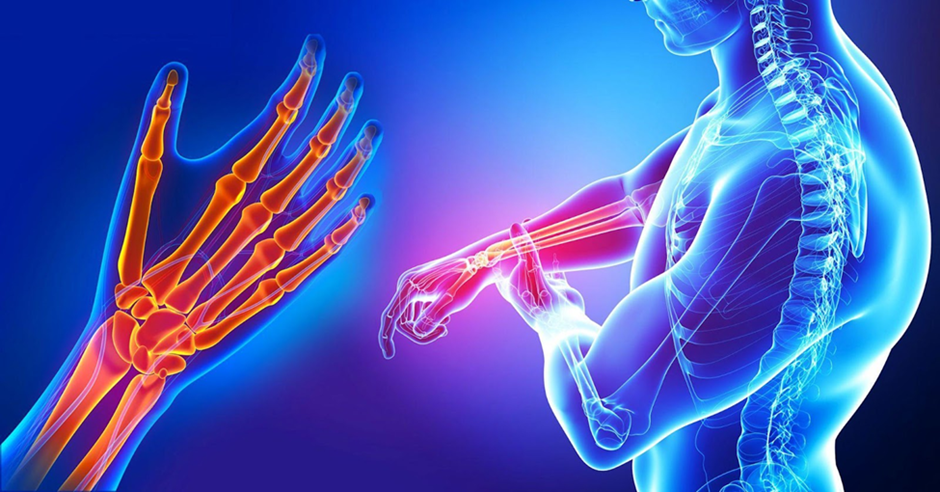
Most hand fractures are caused by trauma, with the vast majority happening due to falls on outstretched arms. Therefore, symptoms of fractured hands and wrists can vary from one person to another or from one incident to another.
Here are some of the most common symptoms associated with hand fractures:
- Excruciating pain in and around the fractured hand/wrist
- Numbness in hands, fingers, and around the wrist
- Reduced range of motion
- Bruising, tenderness, and swelling around the wrist and hand
- A visible deformity or lump over the fractured part of your hand
Hand Fractures
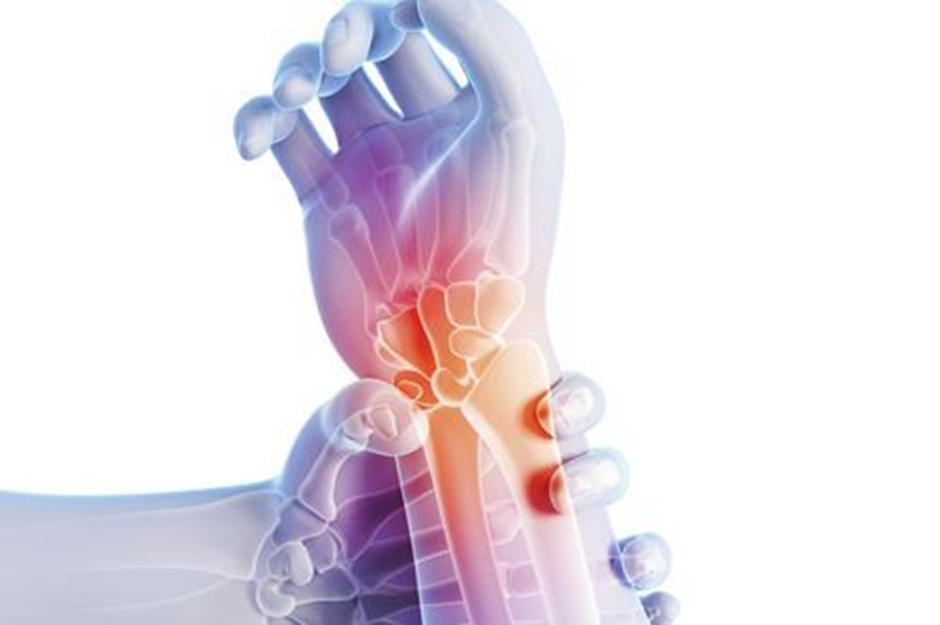
Boxer’s Fracture
This type of fracture refers to the breaking of bones located nearest the little fingers’ knuckles. Boxer’s fracture occurs when you punch a hard surface with your closed fist. Its symptoms include pain, swelling, and tenderness around the injured knuckle. In some cases, you may have difficulty extending your little finger.
Colles Fracture
A Colle fracture occurs due to a broken bone in your forearm or just above your wrist. It happens whenever you try to catch yourself when falling forward. Normally the bones in your hand and wrist break when extending the hands to lower the impact of hitting a hard surface. Symptoms associated with Colles fracture include pain, swelling, and inability to lift or hold heavy objects.
Hand Fracture Diagnosis
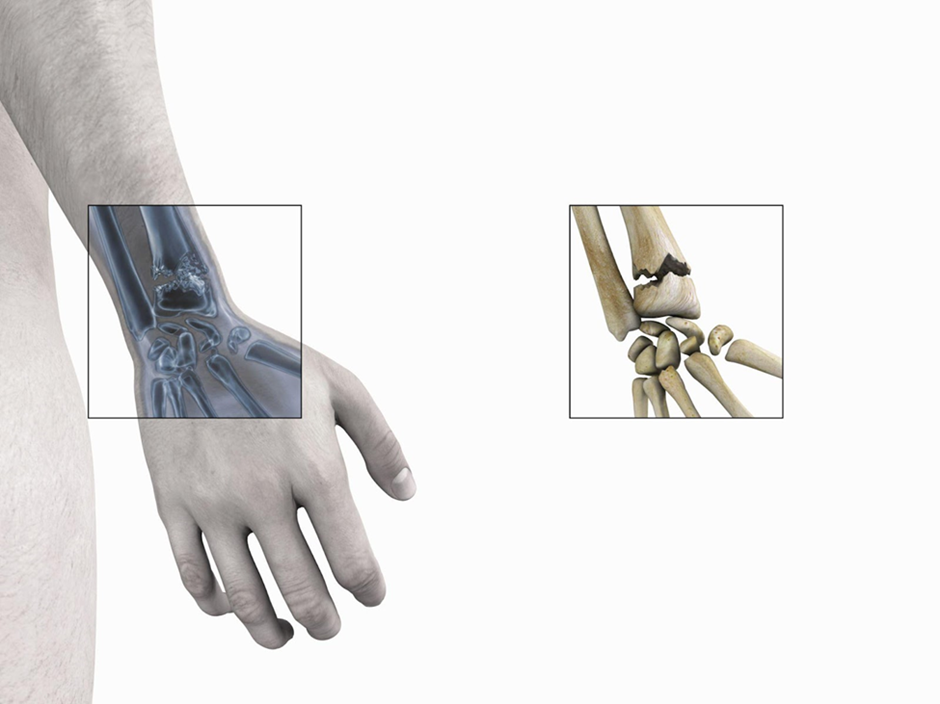
Once you discover that you have a fractured hand or wrist, your next step should involve visiting a doctor. Your doctor will perform a physical examination of your hands, wrist, and fingers to identify the type of fracture on your hand.
During this physical examination, the doctor will evaluate the tendons and ligaments within your hand to be sure that they are functioning normally. The doctor will go a little further to check for instability within the joints near the fractured area.
If need be, the doctor will proceed to perform a hand x-ray, CT scan, or MRI to rule out the possibilities of other conditions other than hairline hand fracture or any other type of fracture.
- X-Ray: The hand X-ray will show the entire structure of your hand, fingers, and wrist. In case of any fracture or injury, the X-ray will help your doctor point out the exact place on your hand or fingers that need treatment.
- CT Scan: Besides the X-ray diagnostic test, your doctor will order a CT scan test to be performed on a fractured hand. This type of imaging test will allow the doctor to view complicated features and the overall structure of multiple viewpoints within your hand, wrist, or fingers. Modern CT models offer the opportunity to view 3-dimensional reconstructions of the fractured hand and fingers.
- MRI: Magnetic resonance imaging(MRI) is a diagnostic technique that uses computer-generated radio waves and a magnetic field to provide detailed images of your fractured hand’s structure.
Hand Fracture Treatments
After a successful diagnosis of your fractured hand, wrist, and fingers, your orthopedic doctor will decide whether to use the nonsurgical treatment method or surgical treatment option. Either case will be determined by the severity of your fractured hand.
-
Nonsurgical Treatment
With this treatment option, your doctor will possibly splint your fracture as is to protect it, or realign your fractured bone fragments in the hand or fingers. The doctor may gently manipulate the broken bones by moving them back to their position without using an incision. This treatment option is referred to as a closed reduction and applies when your fracture is not lining up in its usual acceptable position. If need be, a brace, cast, or splint may be applied to place the bone in its acceptable alignment during the entire broken hand recovery time.
-
Surgical Treatment
Surgery will be recommended if the nonsurgical treatment doesn’t work or if your fracture severity is such that surgery is the best option for the best outcome. Your orthopedic surgeon will create an incision to make repositioning the bone fragments easy and quick. Through the incision, the doctor will gradually move back the broken bones into their normal alignment. Afterward, the doctor will use small metal devices such as screws, pins, staples, wires, and plates to hold the broken pieces of bones in their respective positions throughout the hand fracture recovery time.
At Sforzo l Dillingham l Stewart Orthopedics + Sports Medicine, our experienced and highly-trained orthopedic surgeons treat different types of hand fractures. Dr. Christopher R. Sforzo and Dr. Christopher L. Dillingham are board-certified orthopedic surgeons and fellowship-trained in the shoulder, hand, and arm surgery. To schedule your appointment with one of our top orthopedic surgeons, contact us at Sforzo | Dillingham | Stewart Orthopedics + Sports Medicine
Final Thought
Often, a hand fracture heals well with a non-surgical treatment option. Patients can wear splint, cast, or buddy straps for some time, depending on the location and types of hand fractures. Surgical treatment may be necessary to take care of hand fracture types that don’t line up properly. In this case, the surgery treatment option will help realign your broken pieces of the hand, broken thumb, or broken fingers. Visit www.sforzodillingham.com to learn more about hand and wrist fractures.
FAQs
What is the most common hand fracture?
Boxer’s fracture is one of the most common hand fractures.
What happens when your hand is fractured?
It swells, bruises, or experiences a limited range of motion.
How long does a hand fracture take to heal?
About four to six weeks.
What is a hairline fracture in the hand?
A hairline hand fracture is a small crack within the fractured bone.
What happens if the fracture is not treated?
It can result in what is medically known as a delayed union or a nonunion with the bone failing to heal. As such, the tenderness, swelling, and pain will become worse over time. Or, if it does heal, it may heal in a bad way or with pool alignment (crooked). This is called a malunion and will result in continued deformity and possible pain and loss of function.
Conditions Wrists / Hands
Treatment Wrists / Hands
Recovery Wrists / Hands
Focusing On You
As healthcare is ever changing, Sforzo | Dillingham | Stewart Orthopedics + Sports Medicine, is doing things differently…
-
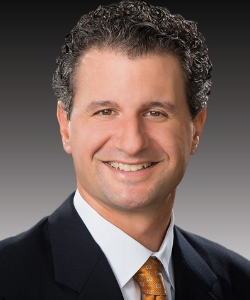 Christopher R. Sforzo, M.D. is a board certified orthopedic surgeon and fellowship trained in hand and upper extremity surgery. He provides expert care in the treatment of problems involving the shoulder, arm, elbow, forearm, wrist and hand. He performs many procedures using minimally invasive techniques includi
Christopher R. Sforzo, M.D. is a board certified orthopedic surgeon and fellowship trained in hand and upper extremity surgery. He provides expert care in the treatment of problems involving the shoulder, arm, elbow, forearm, wrist and hand. He performs many procedures using minimally invasive techniques includi -
 Christopher L. Dillingham, M.D. is a board certified orthopedic surgeon and fellowship trained in hand, shoulder, and arm surgery. He specializes in the treatment of problems with rotator cuff disorders, carpal tunnel syndrome and nerve injury, joint replacement, arthritis surgery, fracture repair, foot and ankle
Christopher L. Dillingham, M.D. is a board certified orthopedic surgeon and fellowship trained in hand, shoulder, and arm surgery. He specializes in the treatment of problems with rotator cuff disorders, carpal tunnel syndrome and nerve injury, joint replacement, arthritis surgery, fracture repair, foot and ankle -
 Charles E. Stewart M.D. is a board certified, Johns Hopkins fellowship-trained orthopedic surgeon specializing in adult complex reconstruction of the lower extremity. His specialties include, lower extremity sports injuries, meniscal injuries, partial knee replacement, total hip and knee arthroplasty (replacement), as
Charles E. Stewart M.D. is a board certified, Johns Hopkins fellowship-trained orthopedic surgeon specializing in adult complex reconstruction of the lower extremity. His specialties include, lower extremity sports injuries, meniscal injuries, partial knee replacement, total hip and knee arthroplasty (replacement), as -
 Philip A. Meinhardt, M.D. is a board certified orthopedic surgeon and fellowship trained spine surgeon. He specializes in adult spinal surgeries including reconstruction of spinal deformities, minimally invasive/microscopic spinal procedures, decompression, spinal instrumentation, fusion procedures and microscopic cer
Philip A. Meinhardt, M.D. is a board certified orthopedic surgeon and fellowship trained spine surgeon. He specializes in adult spinal surgeries including reconstruction of spinal deformities, minimally invasive/microscopic spinal procedures, decompression, spinal instrumentation, fusion procedures and microscopic cer
Testimonial
Latest Blog Posts
-
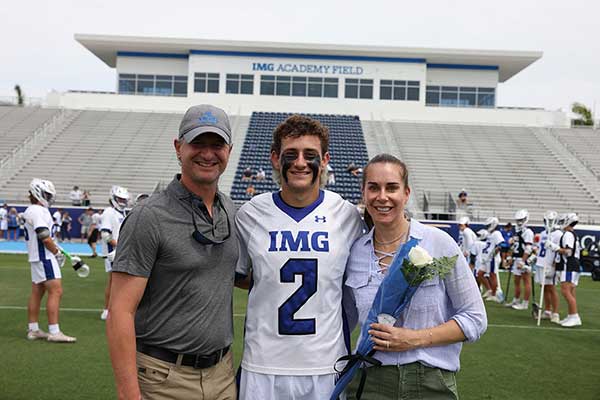 October 18, 2022Dr. Christopher Sforzo was invited to speak at the recent IMG Academy Athlet
October 18, 2022Dr. Christopher Sforzo was invited to speak at the recent IMG Academy Athlet -
 January 22, 2022Did you know that pickleball has become the fastest-growing sport in the U.S.? It’s a fun
January 22, 2022Did you know that pickleball has become the fastest-growing sport in the U.S.? It’s a fun -
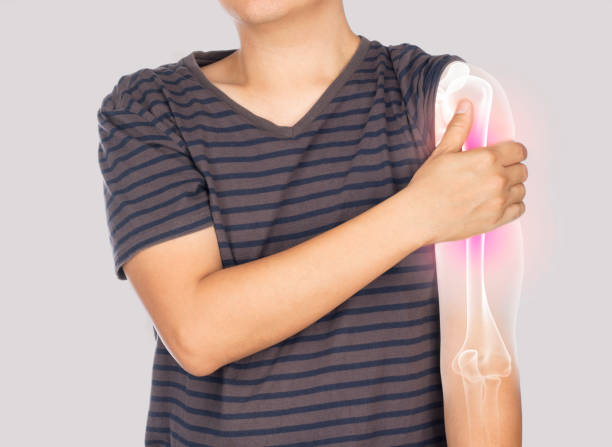 October 27, 2021SARASOTA, FL – With the fall football season underway, shoulder injuries are on the rise among
October 27, 2021SARASOTA, FL – With the fall football season underway, shoulder injuries are on the rise among


